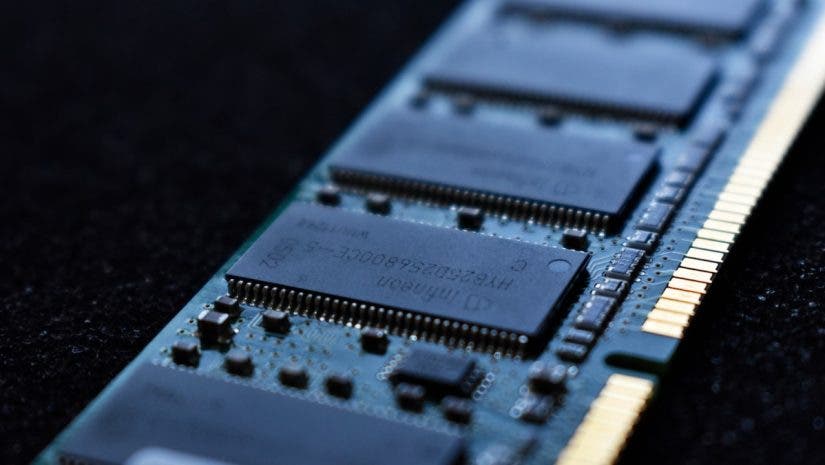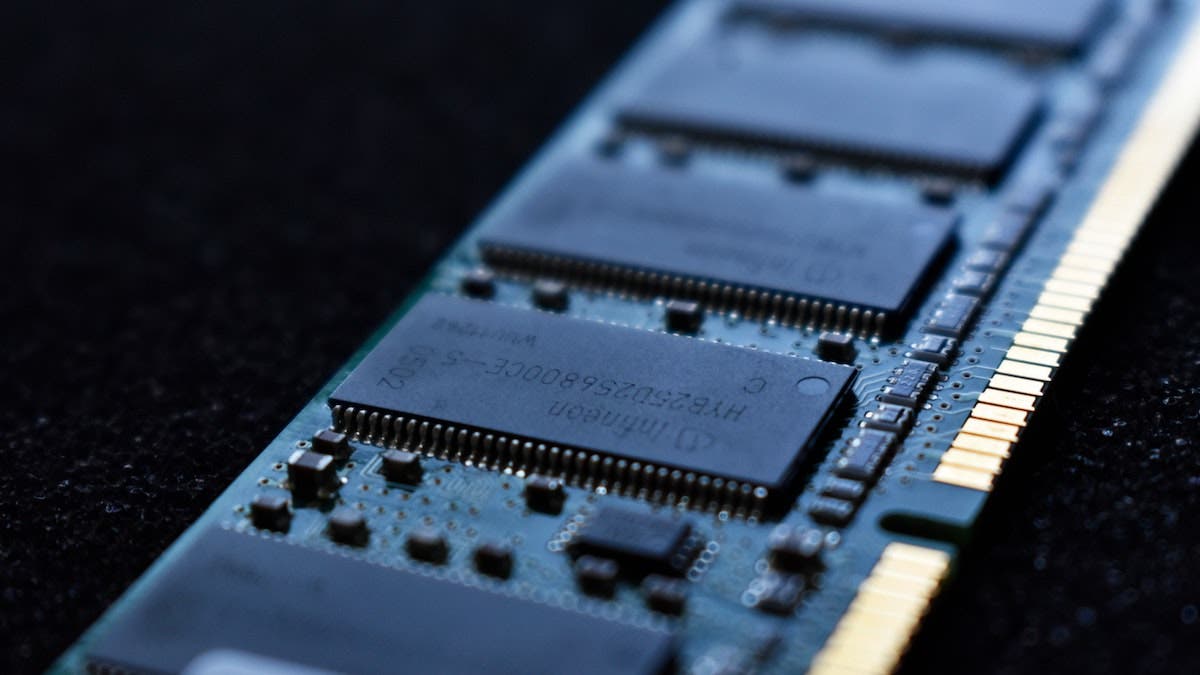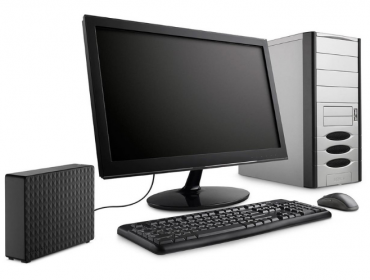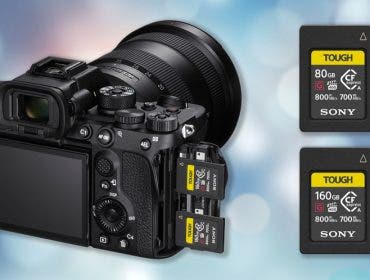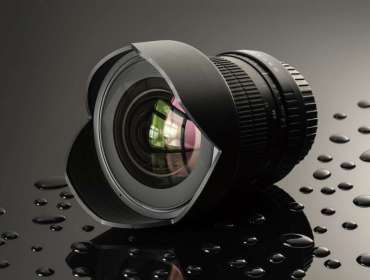While there are a variety of factors that make one computer faster than another, one of the top culprits of a slow (or fast) computer is RAM. Every time you look at the specs for a laptop or desktop, you’ll see references to RAM. Some machines have a higher amount of memory to handle bigger tasks like video editing, while some have much less. But what is it? And how do you know if you have enough RAM?
Computer components can be a little tricky to figure out at first, so we’ve explained how RAM works, how much you need, some tips for buying it, and a few important laptop RAM considerations in this guide.
What is RAM?
RAM stands for random access memory. Essentially, it is a computer’s short term memory. A small amount of data can be stored here to be accessed quickly when the processor of your computer needs it. Unlike your internal SSD or HDD, RAM only stores data temporarily. It totally resets when your computer is rebooted.
RAM is essential in any computer. Without it, everything would run much slower since the processor would have to go to the internal hard drive or SSD for all of its information. However, not all RAM is made equal. Type, model, and generation all have effects on both the speed and price of the RAM you’re buying.
How Does RAM work?
RAM is temporary storage that operates at high speeds, and your PC or Mac uses it for instant memory capacity. It’s fundamentally different from the permanent storage of an HDD or SSD because it’s nearly 30 times faster.
Computers use RAM for immediate data storage. For example, if you copy some text to paste into another application, that text is stored in RAM rather than on your hard drive. Instant-messaging apps, web browsers, and your operating system all use RAM to store and restore data as quickly as possible.

Types of RAM
SRAM
There are generally two types of RAM that you’ll see on the market today. The first type is SRAM, or Static Random Access Memory. This kind of RAM is more expensive, but offers faster speeds to read and write data. It also uses less power than its counterpart (below).
DRAM
DRAM, or Dynamic Random Access Memory, is slower and uses more power, but has a higher storage capacity than SRAM. SRAM is usually used in many different kinds of electronics, while DRAM is commonly seen in servers and the main memory and graphics cards used by computers.
If you’re buying a new computer, the main memory unit will likely be DRAM because it has a lower cost per megabyte. This means you can have larger internal storage for a smaller cost. SRAM is usually used for the memory that is cached by the computer to help speed up your normal everyday tasks.
ROM
On the other hand, ROM (read-only memory) is another kind of memory installed in your computer. ROM is used for things that don’t change, since the information is never deleted or changed. For example, the bootup portion of your computer is stored on ROM.
How to Choose RAM
Compatibility
First and foremost, RAM comes in many different shapes and sizes. Not all RAM will be compatible with your computer. Before you purchase anything, make sure to double check that the kind of RAM you are purchasing will both fit and be suitable for your computer.
If you’re using a laptop, you’ll need to purchase SO-DIMM (Small Outline Dual In-Line Memory Module) RAM. Desktop users will need to look for DIMM (Dual In-Line Memory Module) RAM. SO-DIMM is roughly half the size of DIMM, making it a much better fit for a laptop.
Speed
RAM also comes in different speeds. The speed is usually shown in MHz (Megahertz). The higher the number, the faster the RAM. Keep this in mind when picking out RAM for your computer.
Generally, you should buy the fastest system memory possible and there are some useful rules of thumb to follow. If you head beyond 3200MHz, you’ll spend more and get diminishing returns when it comes to performance. Only spring for top-level if you need every ounce of pace.
If you have an Intel processor, you’ll be fine with DDR4 clocked between 2666MHz and 3000MHz. If your PC uses an AMD CPU, you can buy memory at 3000MHz or beyond, because AMD chips are more receptive to higher speeds.
Form
Next, in order to determine if RAM will work in your computer, you need to see what form of DDR SDRAM works for your computer. Modern RAM is on its fifth version in the last 20 years, which have included DDR, DDR2, DDR3, DDR4, and DDR5. Most newer computers accept DDR4 or DDR5, but you can’t use DDR4 on an older machine, and you can’t use DDR3 on a newer machine. Finding this information usually isn’t too difficult, but may vary depending on your machine.
Slots
The last thing to consider is the number of RAM slots available, and the maximum RAM your computer can accept. Since RAM comes in different sizes, you need to plan exactly how you’ll be upgrading your machine. For example, if your computer is compatible with up to 32 GB of RAM and you want to max that out, you can’t buy only 4 GB RAM and expect to fill it in two available slots. Maxing out your available RAM isn’t always the answer. while it certainly won’t hurt the performance of your computer, it might be overkill to spend the money to max out the available RAM.
So how do you know just how much RAM you need?

How Much RAM Do You Need?
Different kinds of people will have different requirements for the amount of RAM they need. While there isn’t a one-size-fits-all method of deciding, we’ve recommended a rough idea for all different types of personas.
Normal Web Browsing
This is, by far, the least demanding of all of the personas. The normal web browser likely won’t need to add any more RAM to their computer than when they bought it. 8GB of RAM is plenty for web and internet browsing, as well as other normal computer use.
Students
The kind of student you are greatly dictates the amount of RAM you’ll need. Assuming that you don’t need to do any processing on your computer, general school use should be fine with 8GB of RAM. However, students that are using their computer to do more than just regular tasks should consider upgrading to at least 16GB.
Office Work
If you’re using a computer for office work, 16GB of RAM is a great place to start. This will allow you a little better performance when using spreadsheets and other office programs. If you’ll be doing any rendering or creating as your office work, consider upgrading to 32GB.
Gamers
If you’re using your computer for gaming, 16GB of RAM should be sufficient. If you can afford to step up to 32GB, this will ensure that you’ll be able to run nearly anything on your computer without a problem. As games continue to get more advanced, this number may increase. Therefore, if you want to future-proof your setup, go with more RAM.
Video Editors
Video editors should have at least 32GB of RAM installed on their computer for the best results. If you can afford to go with 64GB of RAM, this will help you to edit higher resolution footage with even quicker rendering time. The more RAM you have, the easier it will be to work with longer videos at higher resolutions.
Programmers
16GB of RAM should be sufficient for most programmers. If you want to do a lot of multi-tasking or use apps or tools that suck up memory, consider going with 32GB.
RAM Purchasing Options
Patriot Memory Viper Steel 16GB 4133MHz CL19 UDIMM Gaming Desktop Memory Kit
For high performance and stability for the most demanding users, this RAM from Patriot Memory is a great choice. Made for the latest Intel and AMD platforms, this RAM has an aluminum heat spreader to help keep the temperature down even under the most stress.
Crucial 32GB DDR5 5200MHz CL42 UDIMM Desktop Memory Module
If speed is what you’re after, Crucial’s 32GB DDR5 5200MHz RAM is something you won’t want to overlook. While it works best on 13th Gen Intel Core and AMD Ryzen 7000 Series processors, the RAM’s speed can downclock if used with a slower processor. It’s available in 5GB, 16GB, and 32GB sizes to perfectly fit your needs (and budget).
Crucial 64GB (2x32GB) DDR5 4800MT/s CL40 SODIMM Memory Module Kit
This package contains two 32GB RAM, making it the perfect one-stop shop to really upgrade your system’s RAM. This DDR5 SODIMM Memory Module Kit is perfect for fast processing, optimized power efficiency, and reliability that you can trust. Since it is DDR5, make sure that your system is compatible with the very newest DDR5 memory.
Apple 128GB DDR4 R-DIMM ECC Memory Module Kit, 2x 64GB
For Apple users that demand the absolute best performance from their machine, this memory is sure to impress. 128GB of memory should be more than enough for just about any task you can think of. If adding to a machine with already existing memory, be sure that the other memory is also R-DIMM for full compatibility.
There is certainly a lot to learn about RAM, but the bottom line is simple. The more tasks you want to do at once, and the more demanding tasks you put your computer to, the more RAM you’ll need. Be sure to look at the various factors in order to buy RAM that is perfectly compatible for your time, and enjoy the faster speeds for whatever you do best.
